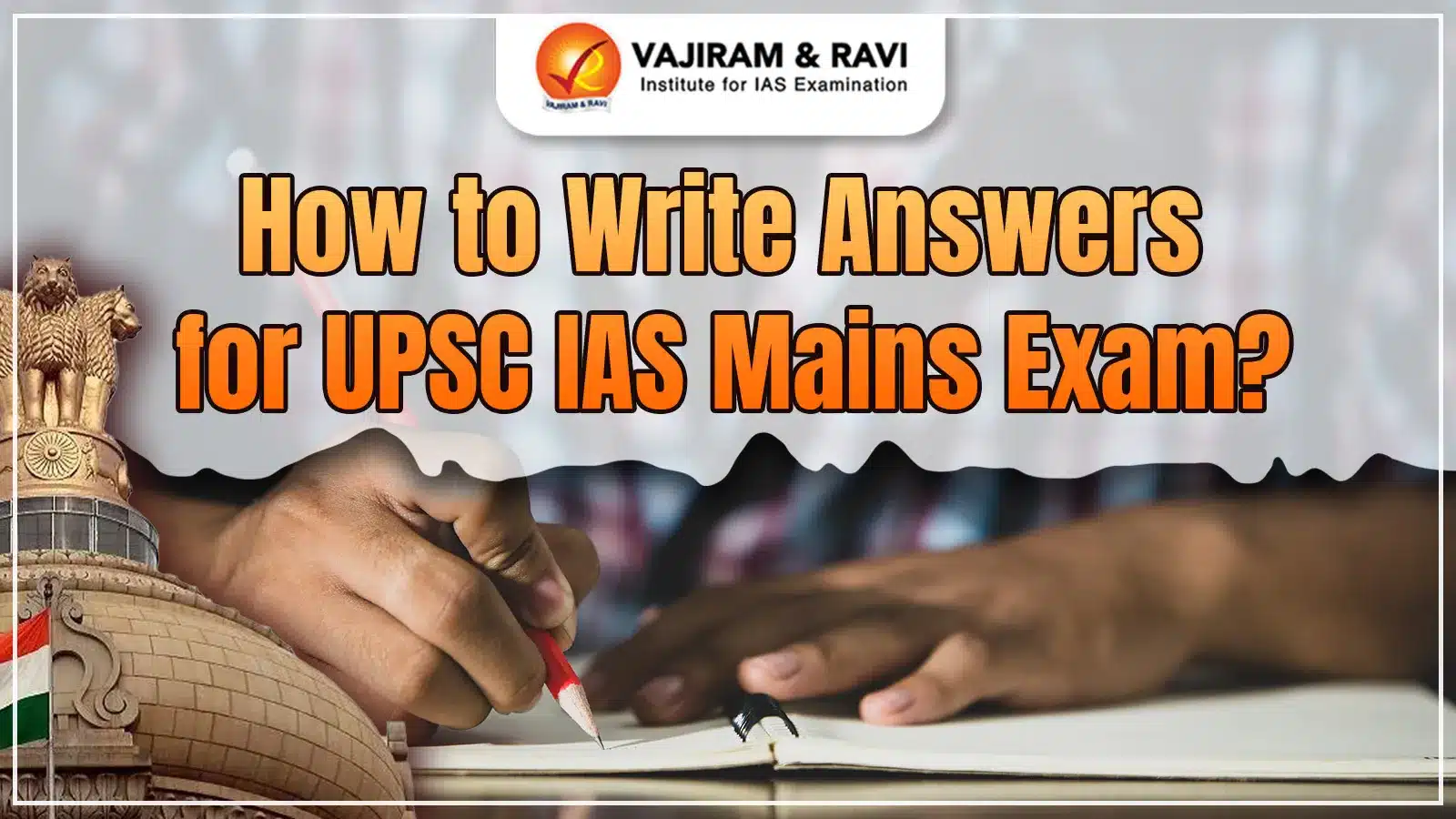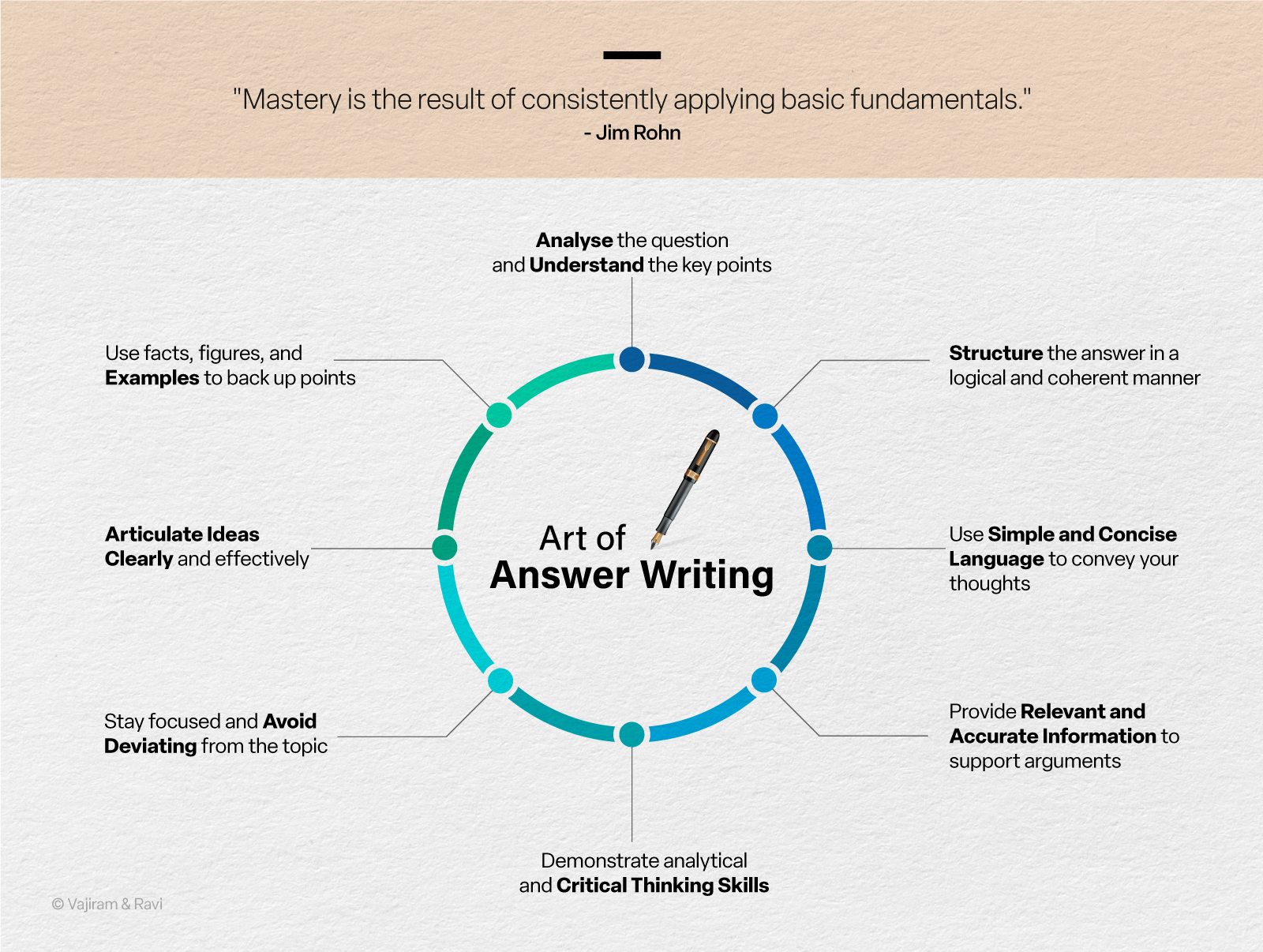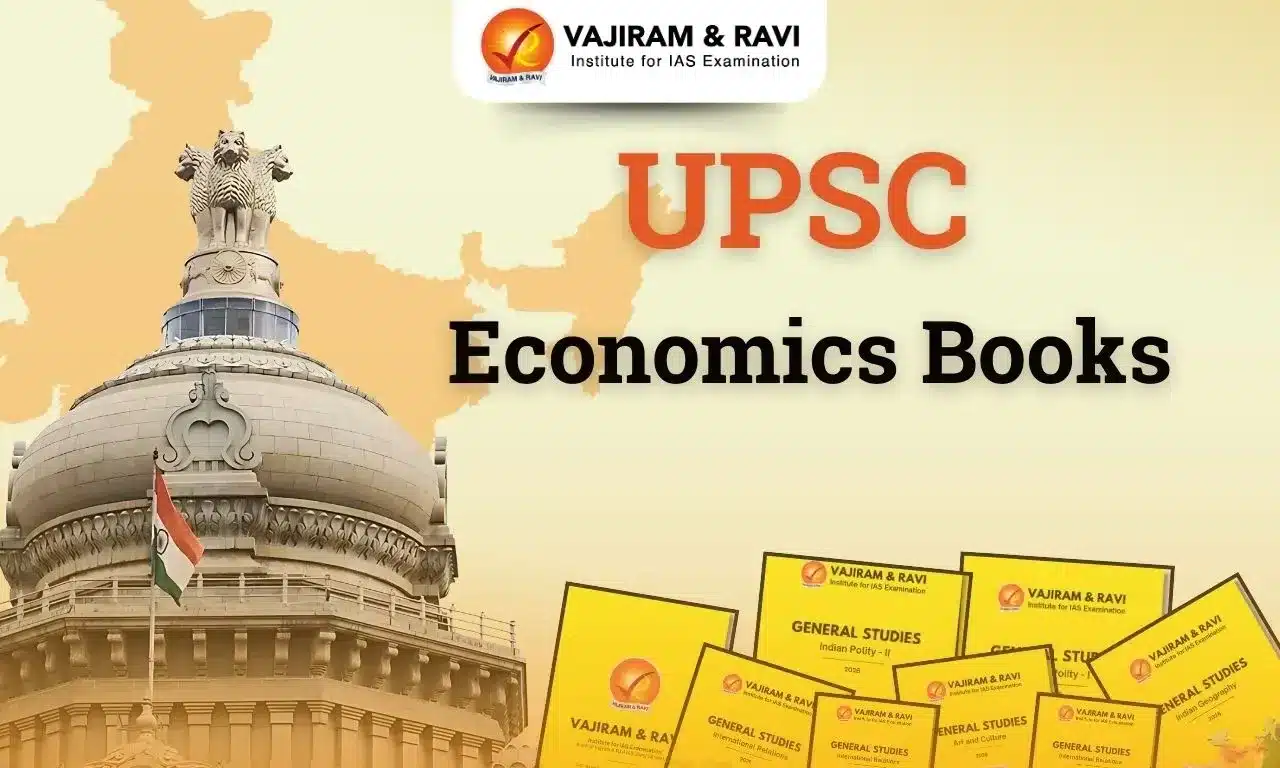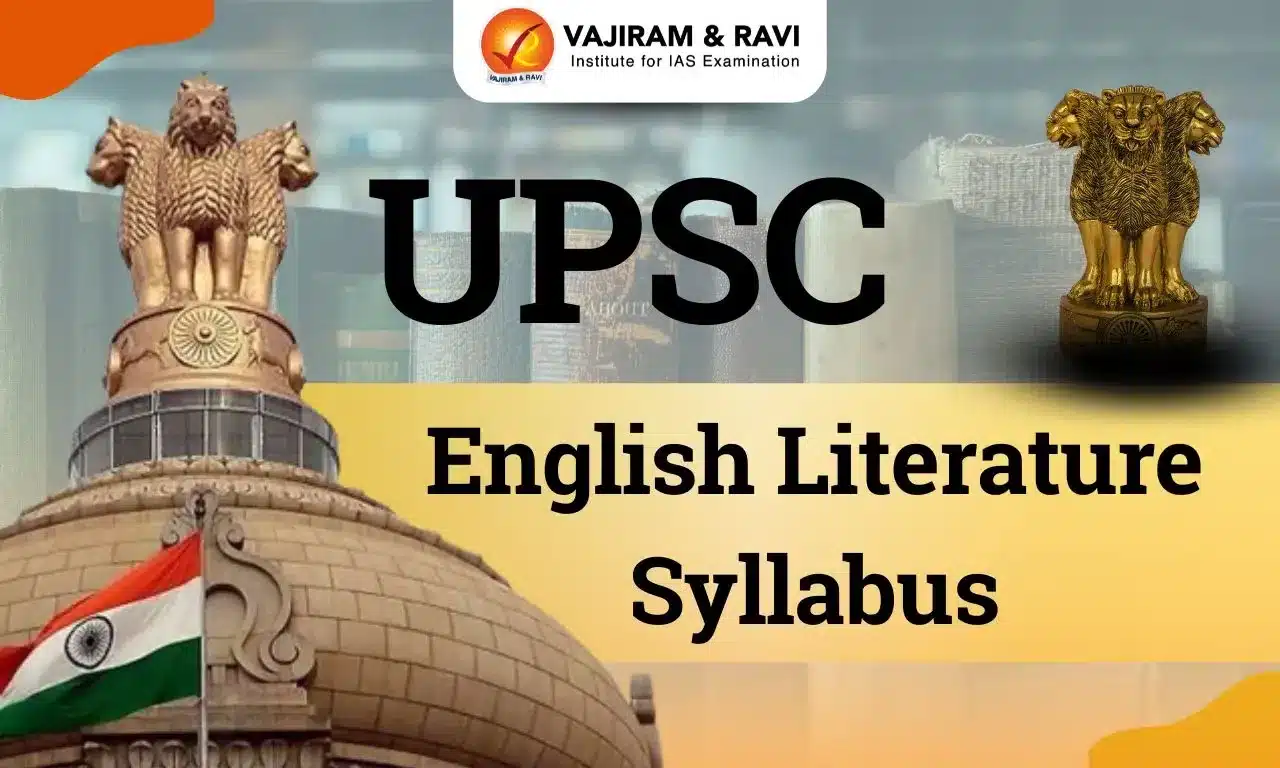Answer writing is a skill that develops gradually over a period of time. Just like any other skill, we need to break it into components and master each component and then weave it into one complete whole. This learning process needs time as substantive content is needed to be responded/reflected in the answers. So, relax, it is natural that it will take time and if the process is followed sincerely the results are bound to come.
Given the vast UPSC syllabus and the mismanagement of time during the initial phase, aspirants focus more on reading multiple books and gathering content, so they fall short of practising answer writing. Even if the practice is done, they start it when it’s already too late, in the cycle towards the Mains Exam after the Prelims Exam. But it’s very important to realise that the real game lies in writing good answers in the Mains exam.
Reading books gives us an unfiltered amount of information, leading to a decent knowledge base. But the answers that are supposed to be written in the Mains Exam are about "what is being asked" rather than "what do you know". Thus, the crux of answer writing is having the ability to address the demand of the question. Because at the end of the day, it is our answer that is being judged by the examiner based on its fulfilment of the things asked in a question. A critical thing to be observed here is that 1750/2025 marks are given based on the answers that we write. Therefore, answer writing is something that we cannot ignore at all.
Components of an Answer
When we visit a good restaurant with the intention of eating good food, our experience is never restricted to specific food only, as the starters, the aroma, and the ambience all have an impact on our appetite. It is only after these that we get the main course, the food we actually want to consume to fill our stomachs. Nevertheless, it doesn’t even end with the main course food item, as we all know, ‘desserts’ matter a lot. A good ice cream, a good halwa, or a sweet dish will make the meal complete, and we will feel satisfied. Exactly the same analogy goes for an answer, either of General Studies or the Optional subjects. Not just the content, but the manner in which the content is presented and arranged, has an impact on the examiner’s judgement.
Before we learn the Art of Answer writing let’s see what a good answer looks like and what its key components are. An answer consists of the following basic components – Introduction, Body, Conclusion, Flow and Presentation.
- Introduction: It gives a start to the answer and shows the examiner that an aspirant has understood the question and its demand. It sets the context for the answer ahead.
- Body: It is the main part of the answer and addresses the question’s actual demand. It is the part that carries the maximum marks.
- Conclusion: It gives closure to the answer, summarising and justifying what has been asked in the question. It’s an opportunity to revisit the question.
- Flow: This ensures that the points written in the answer make sense to someone reading it and are arranged in a logical manner.
- Presentation: This enhances the readability of the answer and also takes you ahead in the competition.
Let us divide this journey of writing a good answer into milestones.
Understanding the Exam and Its Pattern
It’s very important to understand the exam, as it will help in writing a better answer and preparing for it.
- For this, one needs to go through the PYQs and Syllabus properly and regularly to develop an awareness of the exam pattern.
- From the PYQs, find the Themes which keep repeating. For example, questions on local self-government are very common in GS2 papers:
- In the absence of a well-educated and organised local-level government system, `Panchayats’ and ‘Samitis’ have remained mainly political institutions and not effective instruments of governance. Critically discuss. (2015)
- “The local self-government system in India has not proved to be an effective instrument of governance”. Critically examine the statement and give your views to improve the situation. (2017)
- To what extent in your opinion has the decentralisation of power in India changed the governance landscape at the grassroots? (2022)
- Then find what all Dimensions are being asked under that theme. For example, the effectiveness of Local Self-government has been asked multiple times (as can be seen in the above examples)
In this manner find important themes for each subject. This will help in doing a targeted study of the syllabus. You will not only understand what topics are important, but you will also get an idea of what exactly has to be read under those topics once you analyse the PYQs.
Understanding the Question
The process of answer writing starts with understanding the question and its exact demand correctly. The better the question is comprehended; the better answer will be written. For this:
- Read the question at least 2 to 3 times.
- Break it into its components/headings (to identify the exact demand of the question)
- Identify the directive in the question like analyse, discuss, critically examine etc.
In this manner try to understand exactly what the question is demanding from you.
Macrostructure of the Answer
Once you read the question, frame a macrostructure of the answer, i.e., decide how your answer will look at the end. It would include how many headings will be there, where will they be placed and how many words are to be written under each heading depending on the marks assigned to that question.
Introduction
Once you understand the question and its structure, start with the introduction. It should show the examiner that you have understood the question and its demand. And it should set the context for the question.
- Different types of introductions: Definition based, mentioning the current happenings related to the theme, mentioning the dimensions like reasons, importance, basic features etc. depending on the question.
- Make the introduction specific: Include some data, facts or examples to showcase your understanding of the question.
Body
This is the most important part of an answer. It addresses the actual demand of the question.
- Relevant headings: the body consists of content written under relevant headings – based on the exact words of the question.
- For example, in the question – “Define potential GDP and explain its determinants. What are the factors that have been inhibiting India from realizing its potential GDP?” (2020) –There are two headings –
- Determinants of potential GDP
- Factors inhibiting India from realizing its potential GDP.
- 5-6 argumentative and multidimensional points can be written under one heading.
- Argumentative: The content in the body should be argumentative. This means that instead of just giving examples, proper reasoning should be given for each point.
- Multi-dimensional: Writing a multi-dimensional answer is crucial. For this, pick points from various GS papers and write points related to dimensions like historical, social, political, economic, and even ethics etc. depending on the question. Don’t worry you will understand these things once you start writing your answers. For this, it’s very important to read the content with a realisation that ultimately answers are to be written.
- Substantiation: Each point in the body should be substantiated with a relevant example/data/fact etc. – this signals the examiner that the points we have written are authentic.
- Structure of a point: Preferably try to start a point with a keyword and then explain it in a small sentence and then substantiate it with the help of examples.
- Keyword: It is something that shows the gist of the point you are writing. It should be chosen such that just by reading the keyword the examiner gets an idea that you have understood the question and you have written the answer in the right direction.
- Make a list of the most important keywords from each subject and use them in your answers. For Example, certain keywords in GS2 paper are Minimum Government Maximum Governance, Accountability, Transparency, Regulatory cholesterol, Political patronage, Cosmetic Reforms etc. Similarly, certain keywords in the GS3 section are – Structural transformation, Dual distress, Doubling farmers’ income, Green desert, Hidden hunger, Har Khet ko Paani etc. Therefore, a list of similar keywords can be collected in various subjects.
- Point brevity: Keep the point short and simple for ease of evaluation by the examiner.
- Style: You can either choose paragraph style or point-wise writing style – just ensure that the answer is argumentative, multidimensional and substantiated with examples.
- Visibility: The visibility of your points is very crucial. We should make it easier for the examiner to check our answers. This can be done by underlining the key points, and by writing the keyword at the start of the sentence.
Conclusion of an Answer
This is the last part after which the examiner would award the marks – hence it should be given due importance as it’s the last chance to impress the examiner.
- Characteristics of a Conclusion:
- A conclusion should be broad and futuristic.
- One can summarise the arguments given in the answer.
- A solution-based conclusion can be written.
Value Addition
Once the basic foundation of Answer writing is created, the next most important thing is to add more value to the answer to move ahead in the competition.
- Data, facts, constitutional articles, supreme court judgements, committee recommendations, quotations etc. act as value addition
- Here one needs to make separate notebooks for such value addition – so that they can be revised just before the exam.
- If not explicitly asked, the way forward can also be given in relevant questions as value addition.
- Government policies can also be mentioned in some answers.
- Case Studies can be mentioned to give more authenticity to the answer.
Flow
It is very crucial that the answer should have a good flow. The points should make sense and should be prioritised accordingly.
Presentation
It acts as the icing on the cake and fetches those extra brownie marks to get a good rank, service and cadre.
- Flow charts, diagrams, tables etc. all improve the presentation
- Putting the heading in the box also improves presentation.
The Process to Improve Presentation:
- For a beginner, don’t force yourself to improve your presentation.
- Instead, first, write your content naturally and then convert it into a form diagram, flow chart or table. Doing this multiple times will help you identify where you can use diagrams etc. and hence gradually improve your presentation.
- Prepare some diagrams for repeated topics beforehand and directly use them in the examination.
The Process to Learn the Answer Writing Skills
Here is a step-by-step process to develop one’s answer-writing skills.
Take up a topic from the syllabus – pick up a bunch of questions on that topic from PYQs, NCERTS, and daily practice sessions – read and prepare the topic – then solve the questions chosen – then get it evaluated from your mentor – do the necessary changes suggested – re-write the answers incorporating those changes (it is very important to re-write so that you remember the suggestions in the future) – get it evaluated again – make any changes suggested – then revise these answers later to clearly remember what mistakes you made and what suggestions were suggested.
- Also, make notes of things you learn about answer writing and keep revising them – to ensure that you don’t repeat the same mistakes.
- In the beginning, do not worry about the time you are taking to write the answer for the initial 20-30 answers. Because it’s important to learn first and then practice in a time-bound manner.
The Level-Wise Process to Learn the Skill
- Level 1 – Initially focus on understanding the question – breaking it into its broad headings to develop the macro-structure. Then start with a basic introduction, body and conclusion.
- In the body, think about the various dimensions that can be added and various arguments that can be given in a logical manner. Don’t worry about the quality as it will improve gradually with practice. Similarly, start with a basic forward-looking conclusion – summarising your answer.
- Level 2 – Once you are done with the basics – now start making your answer more specific. Write a more contextual introduction, and add specific examples to it.
- For the body, write better keywords for your arguments and start substantiating your arguments with support of suitable examples or data. Adopt a structure in which the keyword is mentioned first then it is explained and then the point is substantiated.
- Level 3 – Now is the time for better presentation and value addition in the answer. Start making flow charts, diagrams etc. Also, add case studies, and quotations in your answer.
In this manner, you will gradually start writing a good answer. Once you understand how to write a good answer, then it’s all about how much practice you do to make it your second nature. Practice is the key once learning is done. Therefore, be patient with the process.
Laws of Answer Writing
Here are certain key points that you need to keep in mind while writing answers:
- The demand of the question should be addressed – it’s the most crucial aspect.
- Arguments and substantiation are the most important for an answer.
- Stick to the word limit.
- Visibility is critical because good content may not be appreciated if the visibility of keywords and important concepts is improper.
- Don’t compare with others – instead, monitor your daily progress and keep practising and improving.
Steps to Make Answer Writing Easier and Faster
There are certain processes through which the answer writing journey can be smoothened in the examination.
- Develop pre-prepared templates of answers for often repeated themes. This can be tweaked in the actual exam as per the question and an answer can be written quickly.
- Pre-prepared templates can also be developed for Introductions and Conclusions to quickly overcome the initial inertia and reduce the thinking time while writing the answers.
- You can also prepare diagrams and flow charts in advance for such topics and use them directly in the exam to save thinking time.
- Brainstorm multi-dimensional points for a lot of questions to improve the thinking process.
- With this, as others are still reading questions multiple times and brainstorming about it, you can actually start your writing and be ahead of everyone. This will give you the edge you require to surpass the competition by creating your own secret recipe for answers.
Challenges Faced by an Aspirant and Ways to Overcome Them
Often the aspirants face multiple difficulties while learning the whole process of answer writing. A few are mentioned below along with their solutions to soothe your nerves.
- Difficulty prioritising between reading content and writing answers: Generally, aspirants spend a lot more time reading and ignore answer writing. Remember the entire game is about writing good answers.
- For this, choose a topic – read the PYQs from that topic – then read the content of that topic – then solve the PYQs or NCERT question (for beginners). This will not only help in beginning the answer writing process but will also help in preparing the topic better.
- Initial Inertia: This is faced by most students as they are unable to gather sufficient courage to start writing answers. They are worried about the quality of their answers. They doubt their preparation. They might not have the confidence to write answers
- Try to understand, there is no need to force anything. If you face initial inertia – go for an open-book test. Read the questions beforehand – prepare the content for those questions – and then write answers to them in a structured manner. Remember you first need to learn the art of answer writing and then practice. So do not pressurise yourself at the beginning itself.
- If it’s even tricky then start with one component of an answer. For example, pick up a few questions and write the introduction to those questions. It will be easier and will help overcome the barrier. Then you can pick one part of the question and try to write 5-6 points under that part. Slowly and gradually, you will understand and gather the courage to write the whole answer.
- Solve easy sectional tests before going for full-length tests.
- Doubting about self: It’s normal to have doubts in the beginning. Remember someone who has prepared for prelims has sufficient knowledge to write a decent answer. It’s all about consolidating what you have been preparing.
- Running behind perfection: Usually, aspirants try to search for a perfect answer to a question. Remember an answer can be written in multiple ways and there is no perfect answer.
- Therefore, create your own model answer, by incorporating the fundamentals discussed above and stick to it.
- Creating your own model answer: if you write one answer multiple times (say 5-6 times) and keep analysing and improving every time, then you will be able to create a model answer for yourself. Once you do this exercise for a few questions then you will simply have to replicate your own version of the model answer in the answers that you write further.
- Choosing a question bank for daily answer writing practice: Because of multiple sources of question banks available in the market, it might get difficult to choose the best one. Remember you can pick up any good source and start practicing. In the beginning, it’s more important to learn the art of answer writing. Even Vajiram provides you with daily questions for practice on its portal (www.vajiramias.com) you can happily use that.
- Choosing a test series: A test series can be very helpful in not only helping you learn answer writing but also providing you with healthy competition. Choose a test series that gives you a good evaluation (you can rest assured about the evaluation quality here at Vajiram).
Prerequisites for the Mains Exam
The process that we have learnt till now is meant to ace the Mains exam. But before you write the Mains exam keep the following things in mind. Short notes on each important topic (both factual and analytical notes) should be prepared to make the revision process more effective. Practising and brainstorming a lot of answers will help in reducing stress during the exam. Try to attempt all the questions in the exam as even a single mark counts. Lastly, one needs to have faith in themselves to ace the exam.
One needs to keep in mind that Answer writing is ultimately an art. It takes time in its development and hence requires not only patience and perseverance from the aspirants but also the right guidance in this journey. This journey might become overwhelming for some aspirants, but if the process discussed above is judiciously followed one will see rapid progress in the journey to write a good answer.
Last updated on December, 2025
→ Check out the latest UPSC Syllabus 2026 here.
→ Join Vajiram & Ravi’s Interview Guidance Programme for expert help to crack your final UPSC stage.
→ UPSC Mains Result 2025 is now out.
→ UPSC Notification 2026 is scheduled to be released on January 14, 2026.
→ UPSC Calendar 2026 is released on 15th May, 2025.
→ UPSC Prelims 2026 will be conducted on 24th May, 2026 & UPSC Mains 2026 will be conducted on 21st August 2026.
→ The UPSC Selection Process is of 3 stages-Prelims, Mains and Interview.
→ UPSC Result 2024 is released with latest UPSC Marksheet 2024. Check Now!
→ UPSC Toppers List 2024 is released now. Shakti Dubey is UPSC AIR 1 2024 Topper.
→ Also check Best IAS Coaching in Delhi


















